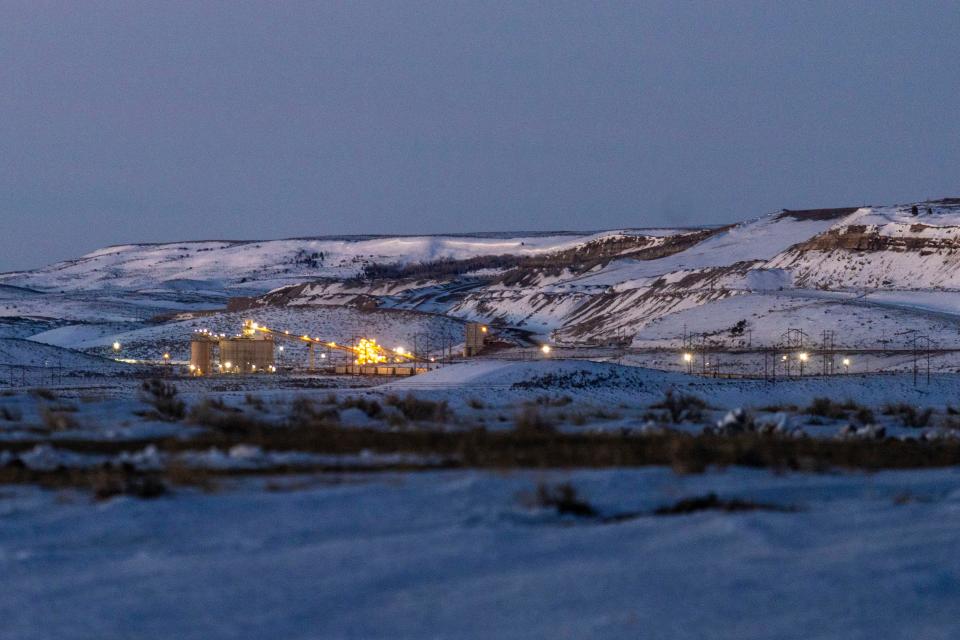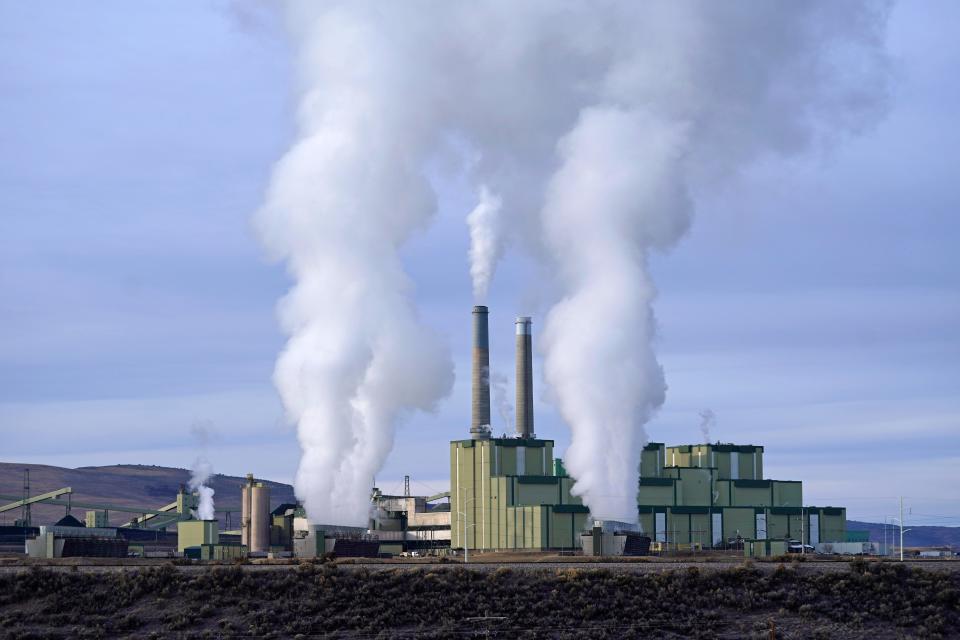Doc’s Prescription: Supreme Court limits EPA authority to restrict greenhouse gas emissions
On June 30, the U.S. Supreme Court in West Virginia v. Environmental Protection Agency ruled that the EPA overstepped its authority in restricting greenhouse gas emissions. The Court ruled that Congress, not the EPA, has the power to create a broad system of cap-and-trade regulations to limit emissions from existing power plants in a bid to transition away from coal to renewable energy sources.

Fossil fuel-fired power plants are the second-largest source of pollution in the U.S. behind transportation. The U.S. is the second-largest producer of greenhouse gases per capita after China.
The Court’s decision was a major setback for the Biden administration’s agenda to combat climate change. Their goal was to zero out carbon emissions from power plants by 2035 and cut the country’s emissions in half by 2100.
Cap and Trade Basics: Key design elements
The Top 25: These countries produce the most CO2 emissions
Doc’s Prescription: Challenges to globalization amid economic slowdown
President Biden called the court’s ruling “a devastating decision that aims to take our country backwards. I have directed my legal team to find ways that we can, under federal law, continue protecting Americans from harmful pollution, including pollution that causes climate change.” Heretofore, the Biden Administration was hopeful to use a number of government agencies, not just the EPA, to limit global warming. Gautam Hans, a law professor at Vanderbilt University, wrote, “Now, it is going to be much harder for those agency rules to survive judicial scrutiny.”

Chief Justice John Roberts wrote that “a regulatory agency must have clear statutory authorization from Congress to take certain action and rely on its general agency authority.” The Court’s decision “is a major questions case,” meaning Congress has to authorize regulatory agencies to make certain decisions. This is the first time the “major questions doctrine” was used in the majority’s opinion to justify a ruling.
In dissent, Justice Elena Kagan wrote, “The Court majority does not have a clue about how to address climate change … it appoints itself, instead of Congress or the expert agency … the decision-maker on climate policy. I cannot think of many things more frightening.”
Unfortunately, major environmental laws have not been amended in decades. As a consequence, agencies such as the EPA are relegated to working with old statutes to accomplish its objectives.
The EPA believed that “Congress tasked it, and it alone, with balancing the many vital considerations of national policy, implicated in how Americans will get their energy.”
The problem confronting both Democratic and Republican administrations is that with Congress often in gridlock, Presidents have used regulation rather than legislation to advance their policy agendas.
While the decision limits the federal government’s ability to cut pollution from power plants, it does not limit the power of individual states. As a consequence, many blue states are forging ahead with clean energy requirements while many red states are casting them aside. Fossil-fuel states are pressing for more exploration and more production of coal, oil and natural gas. They are stressing economic priorities ahead of the impact of climate change.

Historically, the Supreme Court has deferred to regulatory agencies staffed by experts to make decisions in areas of technical complexity. Congress relied upon the EPA to figure out how clean the air should be and how to achieve that objective.
The Supreme Court’s decision has curtailed the power of the EPA and, therefore, the federal government to regulate carbon emissions from power plants. Because of legislative gridlock, Congress is unlikely to update its rulings to give the EPA the clear authorization that the Supreme Court demanded.
In April 2022, UN Secretary-General Antonio Guterres warned that unless governments everywhere reassess their energy policies, the world will become uninhabitable. He said, “We must end fossil-fuel pollution and accelerate the renewable energy transition before we incinerate our only home (earth).”
Sarasota resident Ernest “Doc” Werlin spent 35 years in fixed income as a trader and corporate bond salesman, including time as a partner at MorganStanley in charge of corporate bond trading. Send suggestions and comments to ernestwerlin@gmail.com or visit docwerlin.com.
This article originally appeared on Sarasota Herald-Tribune: Biden administration’s agenda to combat climate change suffers setback
